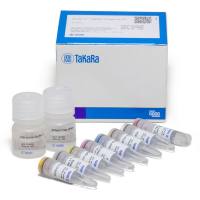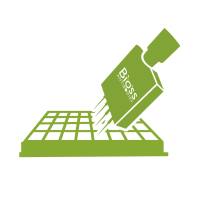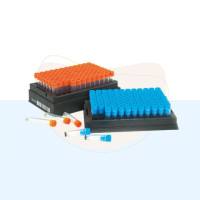Statistics and Decision Making in High-Throughput Screening
互联网
522
Screening is about making decisions on the modulating activity of one particular compound on a biological system. When a compound testing experiment is repeated under the same conditions or as close to the same conditions as possible, the observed results are never exactly the same, and there is an apparent random and uncontrolled source of variability in the system under study. Nevertheless, randomness is not haphazard. In this context, we can see statistics as the science of decision making under uncertainty. Thus, the usage of statistical tools in the analysis of screening experiments is the right approach to the interpretation of screening data, with the aim of making them meaningful and converting them into valuable information that supports sound decision making.
In the HTS workflow, there are at least three key stages where key decisions have to be made based on experimental data: (1) assay development (i.e. how to assess whether our assay is good enough to be put into screening production for the identification of modulators of the target of interest), (2) HTS campaign process (i.e. monitoring that screening process is performing at the expected quality and assessing possible patterned signs of experimental response that may adversely bias and mislead hit identification) and (3) data analysis of primary HTS data (i.e. flagging which compounds are giving a positive response in the assay, namely hit identification).
In this chapter we will focus on how some statistical tools can help to cope with these three aspects. Assessment of assay quality is reviewed in other chapters, so in Section 1 we will briefly make some further considerations. Section 2 will review statistical process control, Section 3 will cover methodologies for detecting and dealing with HTS patterns and Section 4 will describe approaches for statistically guided selection of hits in HTS.









